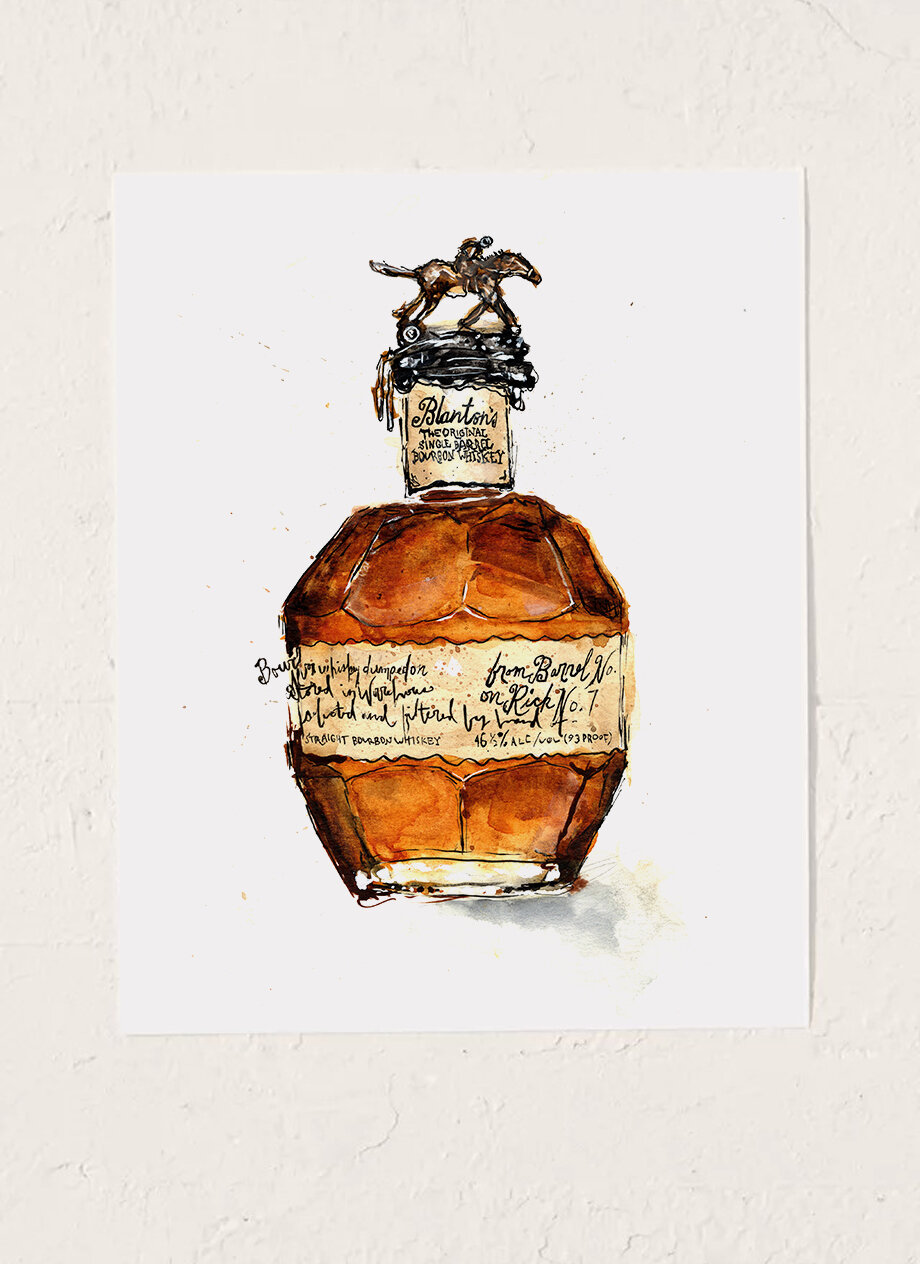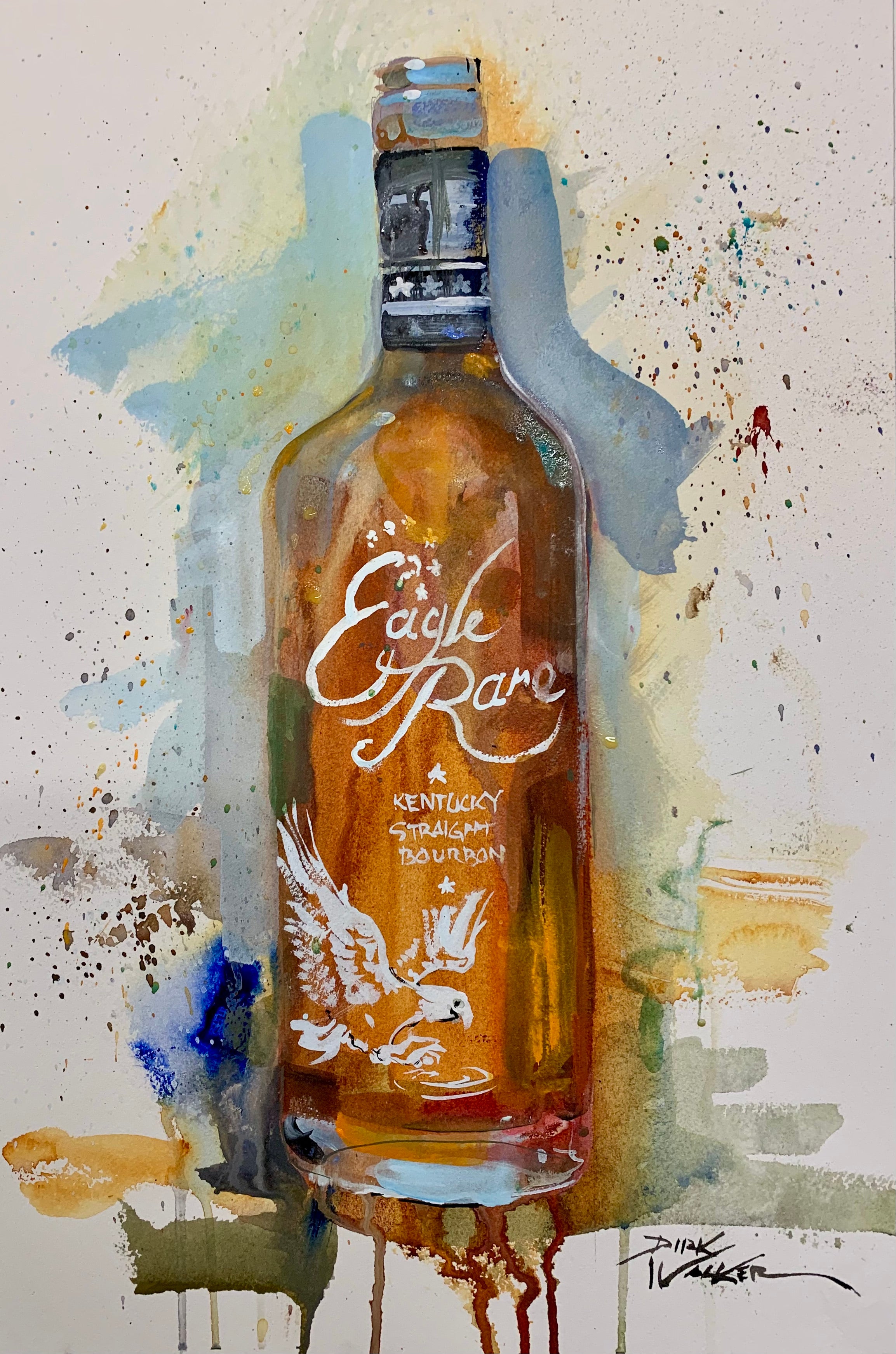The Appeal of Realism Art: A Deep Dive into Whiskey's Rich Heritage
The Appeal of Realism Art: A Deep Dive into Whiskey's Rich Heritage
Blog Article
The Importance of Whiskey Art in Celebrating Heritage and Workmanship in the Beverage Sector
The elaborate relationship between scotch art and the celebration of heritage and workmanship within the beverage sector can not be overstated. Via attentively created containers and tags, scotch brands envelop their historical origins and the artisanal abilities that define their manufacturing techniques.
The Historical Roots of Whiskey
At the heart of whiskey's attraction lies an abundant tapestry of historical origins that trace back to ancient worlds. The beginnings of whiskey can be connected to the purification practices of the Sumerians and Babylonians around 2000 BCE, where very early forms of fermented grain beverages started to emerge. It was in the Middle Ages that the art of distillation developed considerably, particularly in Ireland and Scotland, leading to the creation of whiskey as we recognize it today.
The term "bourbon" itself stems from the Gaelic word "uisce beatha," meaning "water of life." This phrase highlights the social value of whiskey in Celtic cultures, where it was commonly connected with routines, parties, and communal bonding. By the 15th century, distillation ended up being an identified craft within reclusive communities, leading the means for the establishment of lawful distilleries.
As trade routes expanded, whiskey's popularity expanded, going beyond regional borders and capturing the passion of aficionados worldwide. Limited Edition. This historical journey reflects not only the workmanship behind bourbon manufacturing but additionally its indispensable function in social and cultural contexts, marking it as a substantial beverage throughout history
Artistic Expression in Branding
Whiskey branding stands as an engaging junction of virtuosity and commerce, where visual identification plays a vital role in shaping consumer assumption. The appearances of scotch tags, product packaging, and marketing products reflect not only the brand name's story but likewise its core values and heritage. Via artistic expression, distilleries convey a story that resonates with customers, evoking feelings and triggering links.
The use of color, typography, and imagery in branding offers to set apart products in a saturated market. Standard concepts might stimulate a feeling of credibility and craftsmanship, while modern designs can symbolize technology and forward-thinking. This calculated creative direction improves brand recognition and commitment, allowing consumers to forge a personal relationship with the scotch they select.
In addition, creative expression in branding frequently functions as a celebration of regional heritage. Distilleries regularly include neighborhood symbols or historic recommendations into their layouts, developing a sense of location that invites consumers to take part in a broader cultural experience. Eventually, the artistry behind scotch branding not only improves aesthetic charm yet also enhances the overall narrative of the brand name, cultivating a much deeper gratitude for the craftsmanship and heritage ingrained in each bottle.
Workmanship in Bottle Style
The virtuosity apparent in bourbon branding extends past aesthetic identity to encompass the workmanship entailed in container layout. Each bottle acts as a vessel not just for the spirit within, but also for the story it informs concerning its tradition, origin, and quality. The layout process requires thorough focus to information, as aspects such as product, form, and closure add significantly to the total assumption of the scotch.
Craftsmanship in container design involves selecting top notch glass that can enhance the bourbon's shade and clearness, while additionally offering a responsive experience for the customer. The silhouette of the bottle have to be both cosmetically attractive and useful, commonly reflecting the heritage of the brand name. Several distilleries select one-of-a-kind forms or embossed logos that evoke a sense of credibility and background.
Moreover, the label design and typography play an essential function in connecting the brand name's narrative. Limited Edition. A well-crafted bottle not just astounds the customer's eye however likewise reinforces the brand's dedication to quality and practice. This way, the workmanship of container style ends up being a vital element of the bourbon experience, combining creativity with an extensive regard for heritage
Cultural Importance of Scotch Art
Celebrating custom and workmanship, the social value of scotch art goes beyond simple looks, intertwining with the historical and social narratives of the areas from which it comes from. Each container functions as a canvas, depicting the special tales, folklore, and practices that have formed neighborhood whiskey-making methods. The intricate styles usually show the heritage of the distillers, integrating signs and motifs that resonate with the culture and worths of their areas.

On top of that, whiskey art plays a vital duty in communal celebrations and parties, functioning as a substantial web link between people and their shared experiences. By appreciating the creativity in whiskey product packaging, consumers cultivate a deeper understanding and respect for the craft, inevitably improving their satisfaction of the drink itself.
Modern Trends in Whiskey Presentation
Recently, the discussion of scotch has developed to mirror contemporary preferences and patterns while still recognizing typical craftsmanship - Whiskey Art. Distilleries are increasingly focusing on visual components that boost the overall alcohol consumption experience, linking the gap between heritage and modernity
Innovative container styles have arised, usually integrating sustainable materials and creative tags that tell engaging tales. Numerous brands currently collaborate with neighborhood artists, instilling their products with distinct visual expressions that reverberate with customers. Additionally, limited-edition launches are often packaged in collectible containers, including value and allure for connoisseurs.
Verdict
Finally, whiskey art functions as an essential conduit for sharing the heritage and workmanship intrinsic in the drink industry. Through complex branding, innovative bottle styles, and culturally significant creative elements, scotch brands properly recognize their practices and link with consumers. This creative narrative not just raises the recognition of whiskey yet additionally enhances neighborhood identity and satisfaction among producers. Ultimately, bourbon art plays a vital duty in preserving and commemorating the rich social tapestry of whiskey-making.


Craftsmanship in bottle style includes picking premium glass that can improve the bourbon's shade and clearness, while likewise providing a tactile experience for the customer. Limited Edition In this means, the workmanship of bottle style becomes an essential element of the whiskey experience, merging artistry with an extensive regard for heritage.
In verdict, bourbon art serves as an important conduit for sharing the heritage and workmanship fundamental in the beverage market.
Report this page